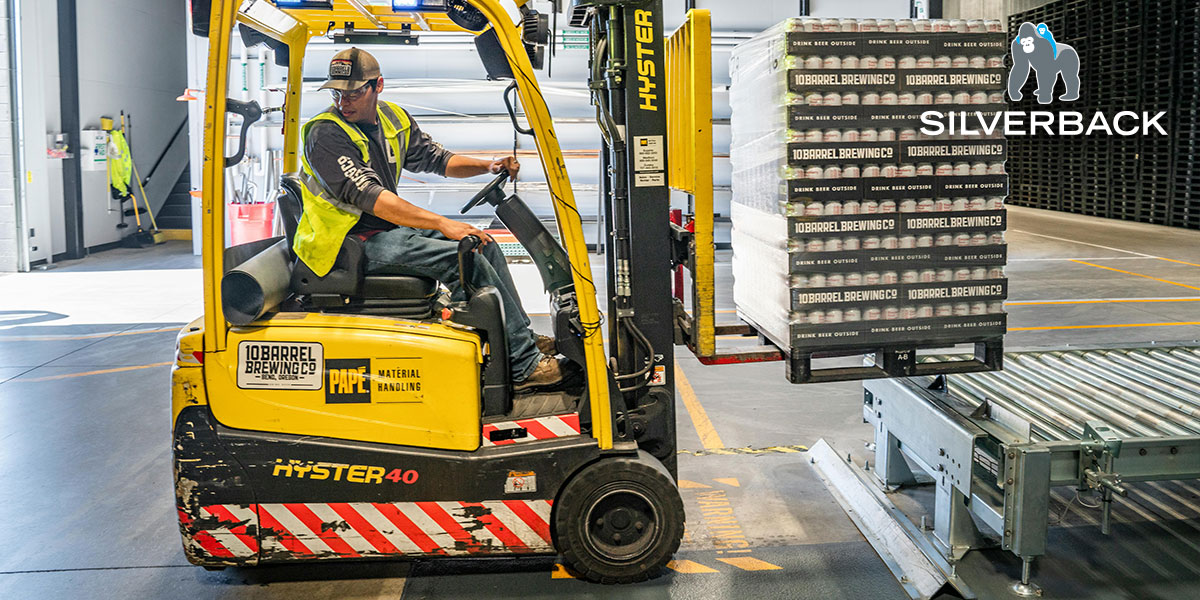Strategies for Enhancing Workplace Safety and Well-being
While Australia is known for its high safety standards, workplace accidents and injuries still occur. In 2022, ABS reported that 497,300 (3.5% of the working population) experienced work-related injuries or illness1. It's, therefore, crucial to understand that workplace safety is a collective responsibility. While some industries and sectors may face higher risks of physical injuries, others are more susceptible to mental health challenges or long-term health issues.

Creating a safe workplace is paramount for employees' well-being and preserving their working environment. Here are several strategies organisations can implement to ensure safety for all:
- Risk Assessment: Regularly conduct detailed risk assessments to identify potential hazards within the workplace. This will help in creating effective plans to mitigate hazards.
- Safety Training: Provide comprehensive safety training programs for all employees. These should be tailored to address specific risks associated with various job roles, including load restraint principles for the safety of drivers while transporting goods.
- Emergency Preparedness: Develop and communicate clear emergency procedures. Conduct drills regularly to ensure everyone knows how to act swiftly and safely in case of an emergency. Ensure your team has the relevant emergency kits to ensure preparedness.
- Maintenance of Equipment: Keep all equipment and machinery in good repair. Scheduled maintenance and prompt repairs can prevent accidents caused by malfunctioning equipment and spills in the workplace.
- Personal Protective Equipment (PPE): Ensure that appropriate personal protective equipment is available and used correctly by all employees when necessary.
- Clear Signage: Post clear, visible signs to warn of hazards like wet floors, high-voltage areas, or areas requiring ear protection.
- Ergonomic Workspaces: Design workspaces that promote good posture and reduce repetitive strain injuries. Ergonomic tools and furniture can significantly reduce work-related musculoskeletal disorders.
- Substance Controls: Safely store and manage hazardous substances to prevent spills and exposures. Implement strict handling procedures and provide training on dealing with hazardous material incidents.
- Health and Wellness Programs: Promote health and wellness programs encouraging employees to lead healthier lifestyles. A healthy workforce is less prone to injury and illness.
- Incident Reporting Systems: Establish an easy-to-use incident reporting system where employees can report safety concerns without fear of retribution.
- Mental Health Support: Recognise the importance of mental health in creating a safe workplace. Provide resources and support for employees who may be dealing with stress, anxiety, or other mental health issues.
- Regular Breaks: Encourage frequent breaks to prevent burnout and fatigue. Rested workers are more alert and make fewer mistakes.
- First Aid Training: Offer first aid training to employees. Staff members who can provide immediate assistance in an emergency can be lifesaving.
- Housekeeping: Maintain a clean workplace to prevent trips, slips, and falls. Good housekeeping also helps identify potential risks that might be obscured in a cluttered environment.
- Safety Committee: Form a safety committee that includes representatives from different departments. This team can oversee safety policies, conduct inspections, and engage employees in safety initiatives.
- Lighting: Ensure proper lighting throughout the workplace to help prevent accidents and eyestrain.
- Safe Work Practices: Develop, document, and enforce safe work practices. Regularly review and update these practices to reflect workplace or industry standards changes.
- Workplace Culture: Foster a positive workplace culture where safety is a shared responsibility. Reward safe behaviour and take disciplinary action against unsafe practices.
By investing in these measures, organisations can create safer workplaces that protect their employees and environments, fostering a culture of safety and respect.
For more advice or assistance in ensuring a safe workplace for your business and employees, contact the Silverback team to discuss our range of Safety and Spill Control Products, Training Services, Maintenance Programs, and Emergency Equipment.
References:
1. Safe Work Australia https://data.safeworkaustralia.gov.au/insights/key-whs-stats-2023

